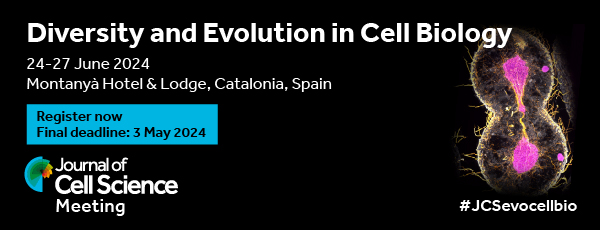
The behaviour of many cell types is influenced by the characteristics of the underlying adhesive substrate. For example, deposition and resorption of bone by osteoblasts and osteoclasts, respectively, are influenced by the roughness of the bone to which the cells adhere. Using calcite crystals of varying roughness to simulate the natural diversity of bone surfaces, Benjamin Geiger and colleagues (p. 1503) now examine more closely how substrate nano-topography influences osteoclast activity. Osteoclasts resorb bone by forming a ‘ring’ of actin-rich podosomes known as a sealing zone: here, the authors show that osteoclasts form large, long-lasting sealing zones when cultured on rough calcite but form only small, short-lived sealing zones on smooth calcite. Furthermore, the amount of actin at sealing zones is fourfold higher in cells adhering to rough surfaces compared with those adhering to smooth surfaces. Accordingly, the rate of resorption seems to be greater on rough surfaces. Surprisingly, however, there is no difference in the levels of vitronectin bound to the two surfaces, suggesting that differences in sealing-zone organisation occur independently of the local concentration of adhesive proteins and are instead influenced mainly by surface topography. These findings provide new insight into the mechanisms of bone remodelling.








